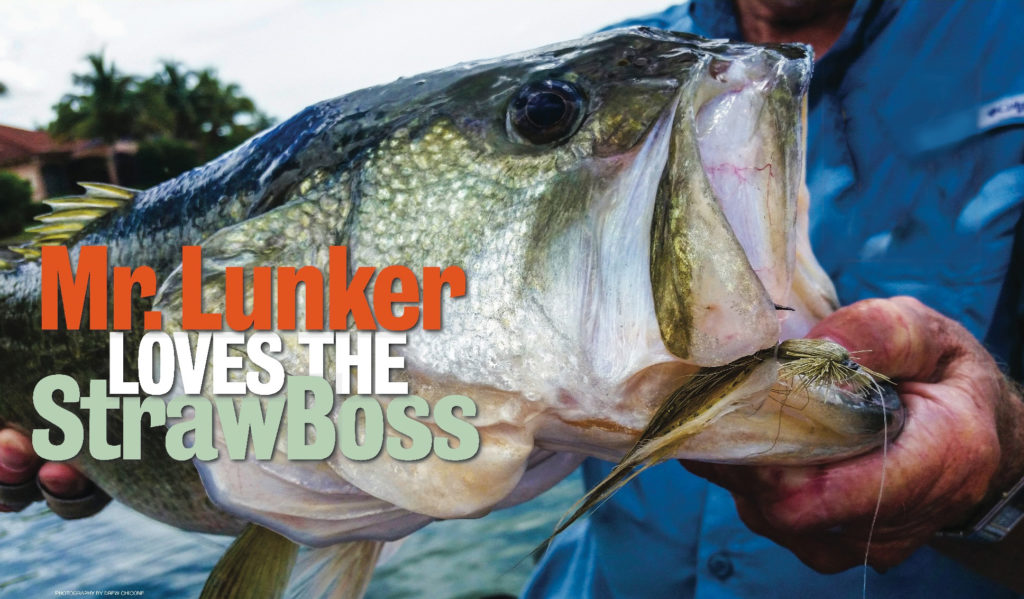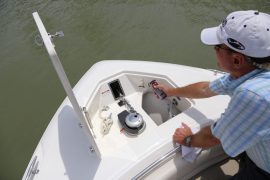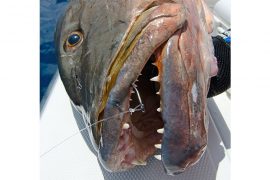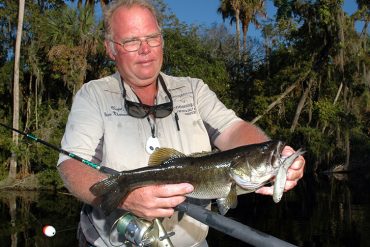
Using a fly with the proper sink rate is often critical to catching fish. You can adapt this new pattern for catching bass in a variety of situations.
[by Drew Chicone]Having spent the better part of the last decade developing and testing new flies, I have learned a thing or two about what triggers fish to strike. Reading fish and learning the subtle nuances of a particular species’s feeding behavior takes patience and persistence; even after years of on-the-water experience, their behaviors can never be fully understood or easily predicted.
Whether you’re fishing in fresh or salt water, the sink rate is probably the most overlooked attribute of any pattern. In order for your fly to mimic the intended forage, it needs to sink and move at the same speeds to look natural. A fly that plummets too fast through the water column is often a red flag to skeptical fish, and an indignant refusal usually follows. This is especially crucial for warmwater species such as largemouth bass.
They Hit It on the Fall
All anglers are familiar with the axiom fish hit it on the fall. Spinning-tackle fishermen, especially bass fishermen, live by that rule, but fly rodders often focus on other traits such as the physical appearance, profile, or swimming action of a fly. Hook size, added weight, leader material, or any number of factors can affect how your fly falls through the water. Sometimes a minor adjustment in…





